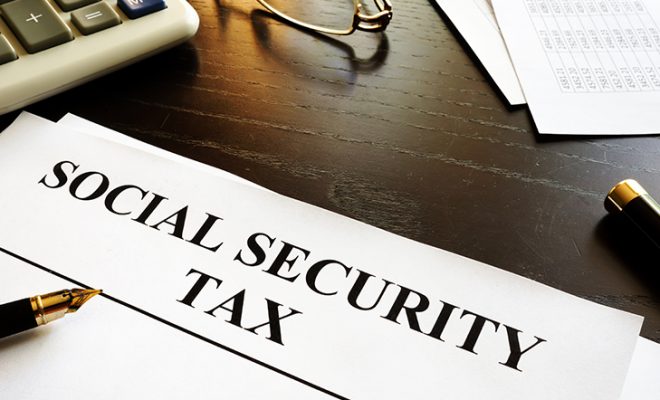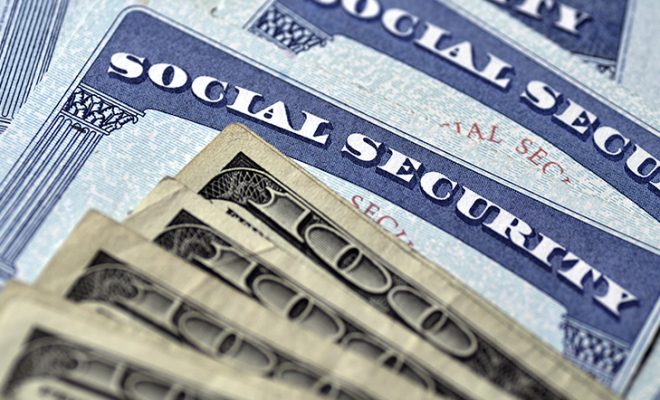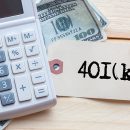Everything You Need to Know About The Social Security Earnings Test

For many people understanding the concept of Social Security is difficult because of the numerous tie-ups. A very critical aspect of the coveted retirement benefit is the Social Security earnings test. It is one of the most misunderstood concepts and one that needs utmost clarity. It applies to people who continue to work after applying for Social Security benefits. Even though they can earn benefits simultaneously while working, there are a lot of implications and complications that follow the allowance.
Here is all you need to know about the Social Security earnings test:
What is the Social Security earnings test?
As per the United States Social Security Administration (SSA), people who receive the Social Security benefits but continue to work before reaching their full retirement age (FRA) are subject to a retirement earnings test (RET). This is applicable if the retiree earns beyond specified limits too. Also known as the Social Security earnings test, this provision under the law reduces the Social Security benefits by a certain amount until the retiree reaches the FRA.
The reimbursements are increased for the rest of a person’s life, once the retiree attains FRA. That said, the money withheld is directed back to the beneficiary in the form of monthly paybacks once the official retirement age is achieved. Hence, the law only withholds the security amount and does not reduce it. The amount withheld each year is indexed to the national wage trends.
What are the Social Security earnings test limits for 2020?
As specified, earning test limits are changed every year to account for inflation. Here are the upper earning restrictions for 2020.
- For those who reached their FRA during 2019, the earnings test limit for 2020 is $48,600 per year ($4,050 per month).
- For retirees who attained FRA in 2020, the earnings test limit for 2020 is $18,240 per year ($1,520 per month).
What is the full retirement age for Social Security?
Since the Social Security earning test is dependent on two critical factors – age and earned income, it is important to understand the implications of each. Age in this context refers to the full retirement age (FRA). It is essential to know how different FRAs impact the payout:
| Year of birth | Official retirement age |
|---|---|
| 1955 | 66 years and 2 months |
| 1956 | 66 years and 4 months |
| 1957 | 66 years and 6 months |
| 1958 | 66 years and 8 months |
| 1959 | 66 years and 10 months |
| 1960 | 67 years |
What is the impact of the full retirement age on the Social Security earnings test?
The age of retirement has a huge impact on the Social Security earnings test. For simple understanding, the Social Security Administration has described the retirees for each year into three broad categories:
-
- Beneficiaries who reach FRA in the present year
For those retiring in 2020 at their official age, the earnings test is fairly liberal. People in this category are allowed an income of $48,600 per year ($4,050 per month). However, for those who exceed this earning limit, the benefits are withheld at the rate of $1 for every $3 that exceeds the upper cap. In case the reduction is more than the total Social Security advantage, the beneficiary does not receive any amount for a certain period. But in this case, only the months preceding the birthday month are considered for the earnings test. For someone who attains full age in September 2020, the earnings test will be applicable only through August.
-
- Beneficiaries who reach FRA after the present year
This is applicable for people who retire before their official age and will reach their FRA in January 2021 or later. People in this category are allowed to earn up to $18,240 or $1,520 per month without hurting their benefits. However, the penalty for early withdrawal will be applicable. For early retirees that earn more than the threshold, the administration will restrict $1 for every $2 that exceeds the upper limit.
- Beneficiaries who reach FRA before the present year
For those that have attained FRA before the current year 2020, there is no earnings test applicable in 2020. Irrespective of the total income, the entire sum of earnings can be collected along with the Social Security funds.
That said, in cases where a person permanently stops working in 2020, the earnings test is not applicable at all. The total Social Security benefit can be withdrawn, and there is no withholding. However, the penalty for early withdrawal depends on whether the funds were taken before the official retirement age or not. Such as, for someone who is 62 years old and decides to stop working at this age permanently, the earnings test will not be applicable. However, the penalty for early Social Security withdrawal will be levied.
How is the Social Security earnings deduction determined?
Based on the retirement age and the earnings, the limit for the Social Security earnings test is set. For instance, for a person born in 1955, the full retirement age is 66 years and 2 months. But in 2020, the person will only be 65 years old. Hence, if the person chooses to apply for the benefits in 2020, even though still planning to work thereafter, there will be a very strict reduction. This will be applicable in addition to the early withdrawal penalty.
Assuming that the Social Security benefit post the penalty is $1,600 per month and the monthly salary is $42,000 per annum in 2020 or $3,500 per month. From this example, the following can be determined:
- The monthly salary of $3,500 is $1,980 higher than the earnings test limit.
- As per the rules, for every $2 above the upper cap, $1 will be withheld. Hence, by this calculation, the security amount will be reduced by $990 per month.
- The overall Social Security benefit after the penalty was $1,600, which when reduced by $990 equals $610 per month for 2020.
But the benefits are not withheld monthly. Instead, the total amount for the whole year is calculated and reduced from the earnings at the beginning of each financial year. Such as, in the above case, the total annual reduction would be $11,880. But the calculated benefit per month is $1,600. Hence, by this calculation, the SSA would need to withhold the security for the first eight months (January to August) to justify the earnings test requirements. The amount exceeding the rate ($920) will be reimbursed to the beneficiary in the following year – 2021. Post the eighth month, i.e. from September until December, the full Social Security amount will be paid to the candidate.
What kinds of earnings are included in the Social Security earnings test?
It is important to understand the nature of earnings in the prospect. The Social Security earnings test considers only the below incomes as earnings:
- Salary from a job
- Profits from self-employment
- Income from a business venture, where the concerned person is an active partner
The following sources of income are not included in the Social Security earnings test:
- Dividends or interest payments
- Rental income from owned real-estate
- Retirement account distributions such as an individual retirement account (IRA) or a 401(k) account withdrawal
To sum it up
The decision to withdraw the Social Security fund lies completely on the retiree. In cases where the objective is to grow the money, the funds withheld can lead to an increase in the benefits until the full retirement age. However, if the aim is to improve cash flow, claiming the benefit before the FRA seems more logical. A comprehensive evaluation of every parameter is crucial for all retirees.
You can also seek help from professional Financial Advisors to ensure you make the right choice.









